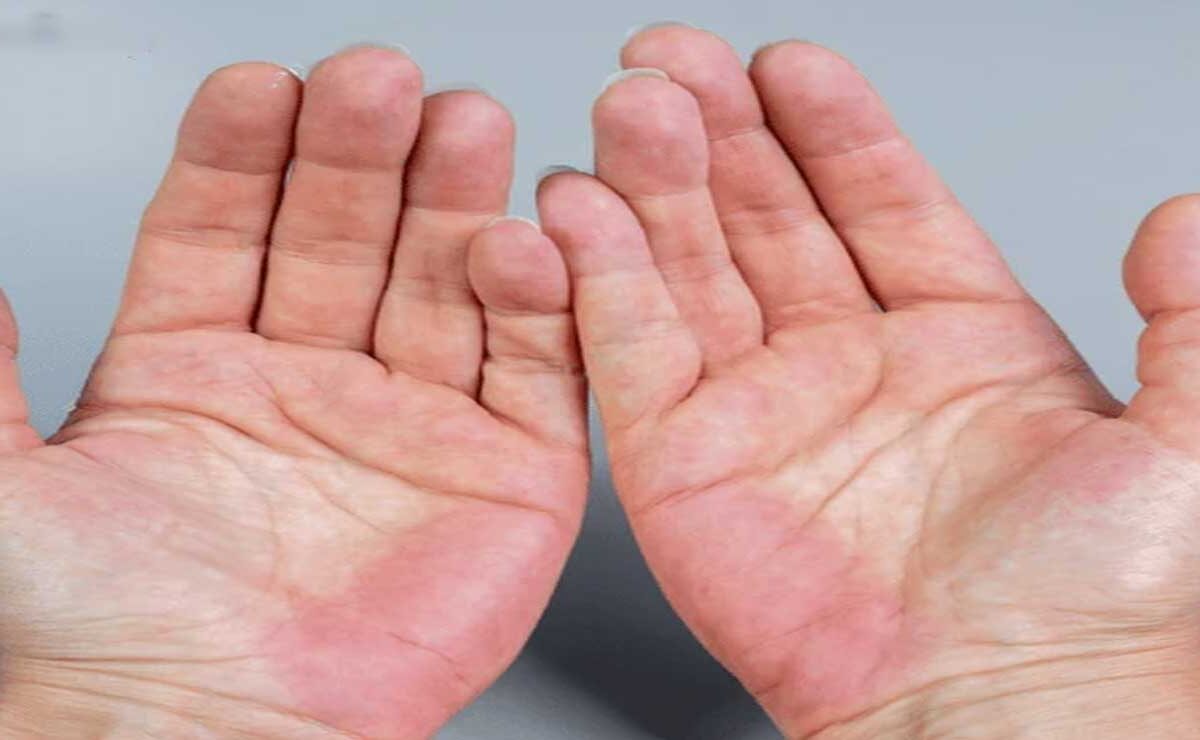Fatty Liver Disease: 5 Early Warning Signs That Show Up on Your Hands
Fatty liver disease is a growing health concern across India, with new data from the Apollo Hospitals Health of the Nation Report 2024 revealing that 65% of over 2.5 lakh individuals screened had the condition.

New Delhi: Fatty liver disease is a growing health concern across India, with new data from the Apollo Hospitals Health of the Nation Report 2024 revealing that 65% of over 2.5 lakh individuals screened had the condition.
Table of Contents
Alarmingly, 85% of these cases were non-alcoholic fatty liver disease (NAFLD), also known as metabolic dysfunction-associated steatotic liver disease (MASLD).
NAFLD occurs even in individuals who consume little to no alcohol, and is particularly common among people who are overweight or obese. The early signs of fatty liver disease are often subtle and may be mistaken for everyday issues. However, some of the warning signs can appear on your hands and should not be ignored.
1. Red Palms (Palmar Erythema)
One of the earliest indicators, red palms—especially around the thumb base and pinky finger—can signal liver dysfunction. This condition is caused by hormonal imbalances and altered blood flow associated with liver damage.
2. Itchy Skin
Persistent itchiness, including on the hands, may result from a buildup of bile salts in the blood. These are not efficiently processed by a damaged liver, leading to skin irritation.
3. Thin and Fragile Skin
Liver dysfunction can impair nutrient absorption, causing the skin to become thinner and more fragile. This increases the risk of bruising, tearing, and dryness, and is a sign of reduced collagen production.
Also Read: Can mushrooms help boost health in Parkinson’s patients?
4. Spider Angiomas
Small, spider-like clusters of blood vessels on the hands, arms, or face can indicate elevated estrogen levels, a result of poor liver function. These are common in more advanced stages of liver disease.
5. Clubbing of Fingers
In severe cases, fingertips may appear swollen or rounded—a condition called clubbing. This is often linked to low oxygen levels in the blood and could point to cirrhosis or liver fibrosis.
Why Early Detection Matters
Since fatty liver disease often presents without noticeable symptoms, identifying external signs like these is critical for early intervention. Timely diagnosis can significantly improve treatment outcomes and help manage the condition effectively.
What You Should Do
If you observe any of these signs consistently, consult a healthcare professional and consider getting your liver function tested. Maintaining a healthy weight, reducing sugar and fat intake, and regular exercise are essential to preventing or managing fatty liver disease.
